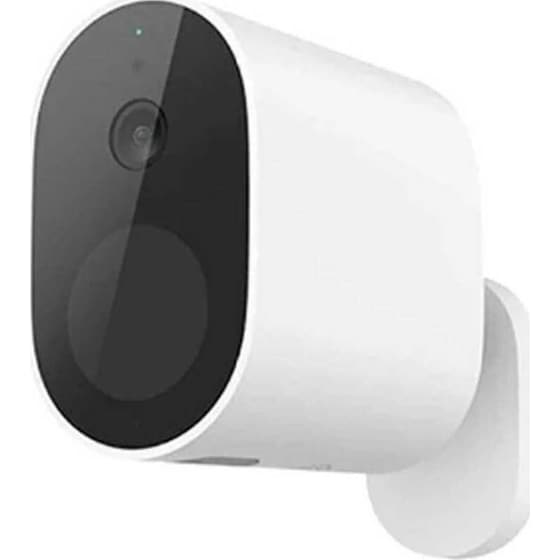
Unlike consumer IP Cameras, Enterprise IP Cameras often offer higher video resolution, video analytics, and are mostly accessed though HTTP and real time streaming protocol (RTSP). They generally connect to the internet through Wi-Fi or an Ethernet cable. Consumer IP cameras used for home security typically send live video to a companion app on a user's device. Network Cameras are developed for both enterprise and consumer use. Each group now has numerous additional members, thus cameras and recording hardware that operate under the same standard are compatible with each other. ONVIF was founded by Axis Communications, Bosch and Sony. PSIA was founded by 20 member companies including Honeywell, GE Security, and Cisco. To address IP video surveillance standardization issues, two industry groups formed in 2008: the Open Network Video Interface Forum ( ONVIF) and the Physical Security Interoperability Alliance (PSIA). IP cameras may differ from one another in resolution, features, video encoding schemes, available network protocols, and the API for video management software.
#WIRELESS IP CAMERA CLOUD 1080P#
1080P (Full-HD), 4K resolution (Ultra-HD) and 16:9 widescreen format).
#WIRELESS IP CAMERA CLOUD TV#
Since 2000, there has been a shift in the consumer TV business towards high-definition (HD) resolutions (e.g. Previous generations of analog CCTV cameras use established broadcast television formats (e.g. With the success of IP Cameras, other companies such as Nest (owned by Google, U.S.) released similar cloud-based devices.

As of 2021, Ring has sold millions of units. The device offered quick setup, cloud-based recording, and motion detection. With advancements in cloud infrastructure, Ring (owned by Amazon, U.S.), released its first IP Camera doorbell targeted for home use in 2014.

This camera was able to detect a number of different events, such as if an object was stolen, a human crossed a line, a human entered a predefined zone, or if a car moved in the wrong direction. In 2005, the first IP camera with onboard video content analytics ( VCA) was released by Intellio. The camera's Linux system contained video, alarm, and recording management functions. The first decentralized IP camera was released in 1999 by Mobotix. As a result, the camera was aimed primarily at the tourism industry, and not intended to replace traditional analog CCTV systems. This limitation can be attributed to the lack of powerful integrated circuits capable of handling image processing at the time of release.

Although the product was advertised to be accessible from anywhere with an internet connection, the camera was not capable of streaming real-time video, and was limited to returning a single image for each request in the Common Intermediate Format (CIF). The first centralized IP camera, the AXIS Neteye 200, was released in 1996 by Axis Communications. The first IP Camera was invented by Axis Communications in 1996.

Others are able to operate in a decentralized manner with no NVR needed, as the camera is able to record directly to any local or remote storage media. Some IP cameras require support of a central network video recorder (NVR) to handle the recording, video and alarm management. Most IP cameras are webcams, but the term IP camera or netcam usually applies only to those that can be directly accessed over a network connection. They are commonly used for surveillance, but, unlike analog closed-circuit television (CCTV) cameras, they require no local recording device, only a local area network. An Internet Protocol camera, or IP camera, is a type of digital video camera that receives control data and sends image data via an IP network.


 0 kommentar(er)
0 kommentar(er)
